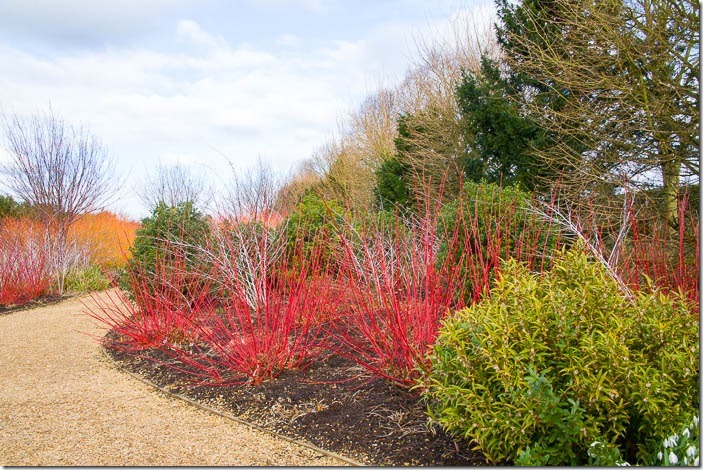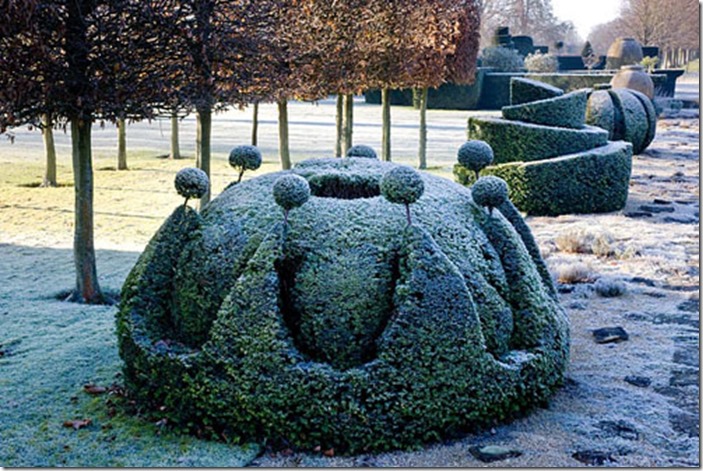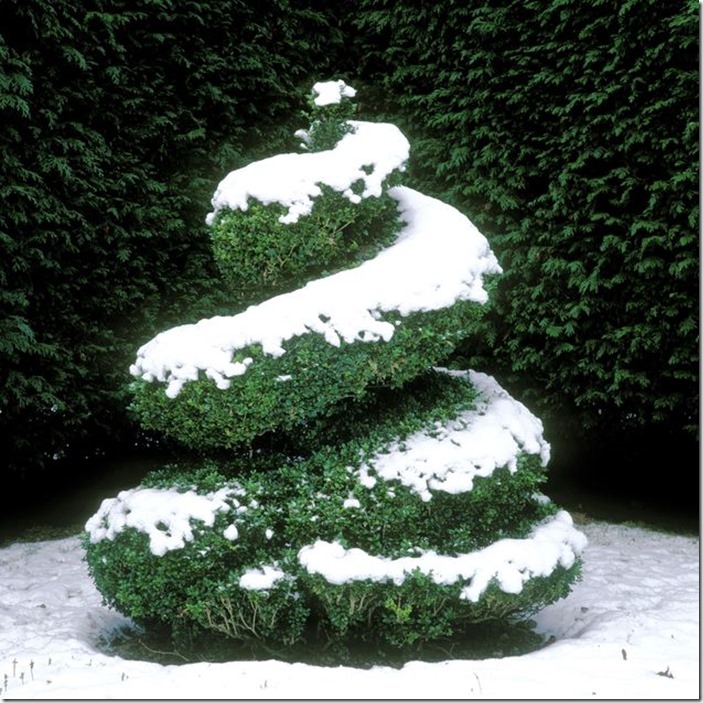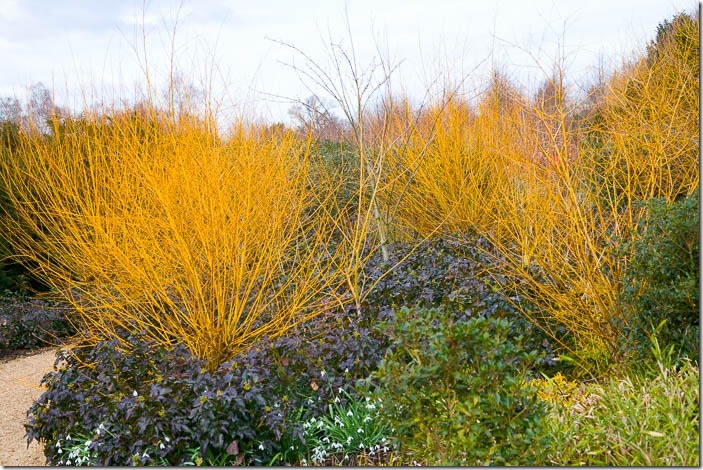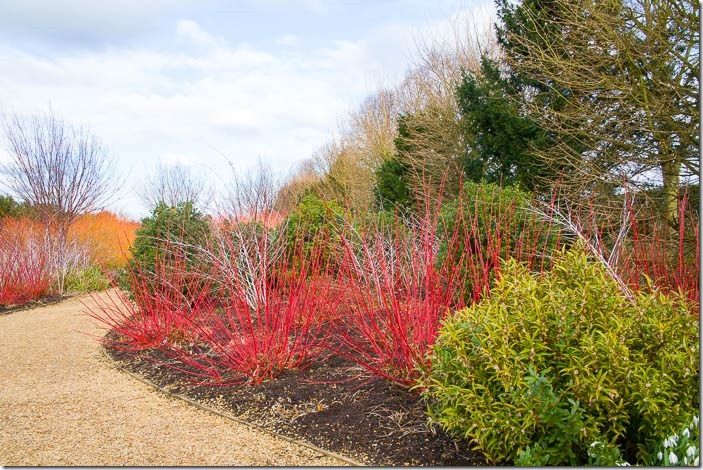
Winter Garden Structure
In temperate and northern climates architectural plants are most evident during the skeletal winter months, when all is laid bare. So what is an architectural plant? Structure and form are its two common elements. Visually strong and ever-present, architectural plants are the backbone of every planting scheme and are the first and most important choices to be made by the designer. They create the framework that supports the entire planting plan and are therefore usually large shrubs, grasses, bamboos, ferns, hedges or trees.
They may be deciduous or evergreen, but chosen for permanency in the garden. In winter most especially the plant has to make its mark through its sheer personality and presence in the scheme.
Architectural plants can decide the entire character of a garden or landscape or they may be focal points or exclamation marks. They can be used to determine direction of footfall through the garden, the main axis of the design, screening, or enclosure. So they are as important as the hard landscaping that forms the ground pattern or overall layout of a garden plan. Form is the individual contribution of an architectural plant – shape, complexity, arrangement of branches leaves and stems. Flowers are of secondary interest in most, but not all architectural plants.
Evergreens are particularly useful as markers and sentinels while most perennials are entirely dormant and only lawns and the hard landscaping elements of the garden are otherwise visible. Topiary and structured slabs of greenery in the form of low buxus (box) hedges or ‘tables’ or upright blocks of taxus baccata (yew) are effective architecturally during the quiet winter months.
Their apparent rigidity can be offset or contrasted with tall clump-forming evergreen grasses, perennials such as the evergreen kniphofia caulescens or bamboos that move and bend in winter winds. There are numerous sturdy plants and trees that can perform as winter garden architects.
According to soil type, micro-climate conditions and aspect you can choose from shrubs with colourful stems such as varieties of cornus (dogwood) or trees with striking bark (varieties of betula (birch), prunus (cherry), acer (maple), or those with an interesting skeleton structure, for example coylus avellana contorta (corkscrew hazel).
Always make your design decisions carefully, especially in the context of permanent plantings. Balance is critical. So is size at maturity. Too many evergreens will look oppressive and dense in a small relaxed, casual garden, where a lighter touch will work better. Here grasses or the open filigree of an interesting deciduous shrub may provide ample architectural interest, with just an occasional small evergreen as a punctuation point.
However, a formal garden will rely largely on evergreen structure and clearly delineated, pared back hard landscaping. In this instance all must be carefully maintained to keep shapes, silhouettes and surfaces clean and sharp to avoid a derelict and depressing winter appearance. You and your clients need to bear in mind ongoing maintenance.
